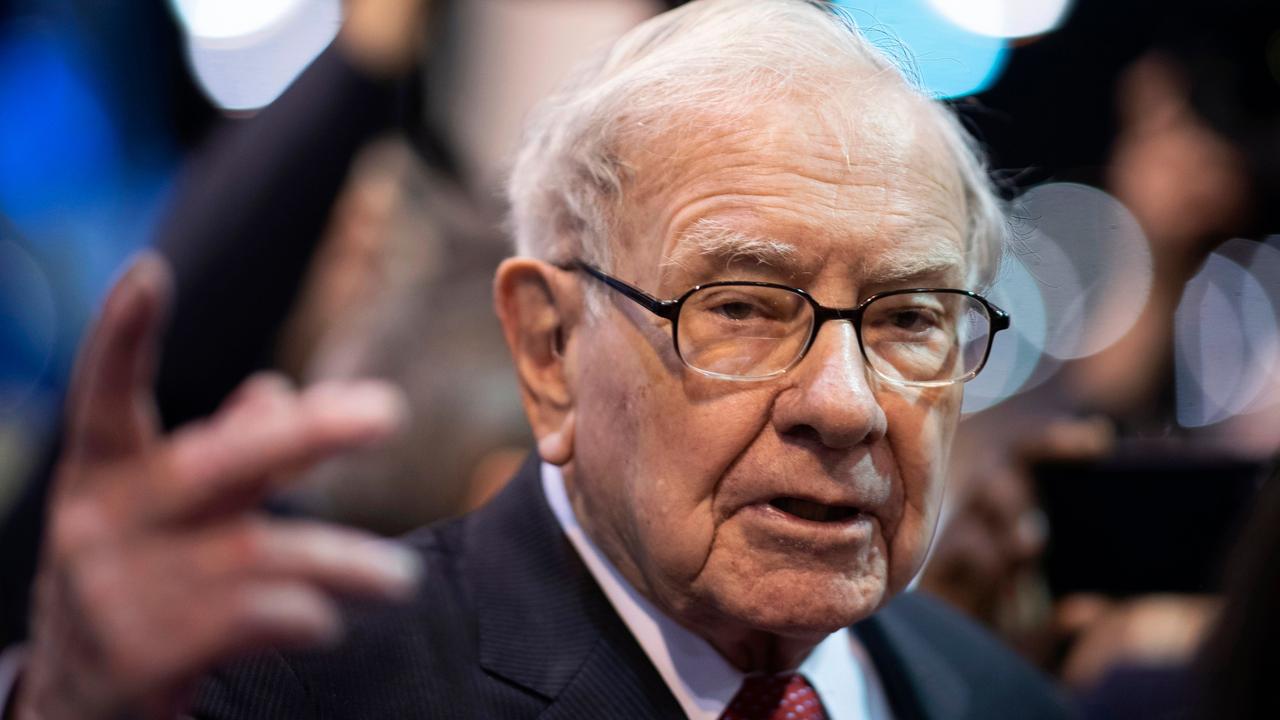Beware the lure of the ‘cheap’ index fund: it’s full of junk
THE next time you see an index fund offered at a ‘cheap price’, understand that it deserves to be cheap.
MARKETS around the world are taking another dive. It’s not much help to Australian investors, and particularly those who have been advised to invest in cheap index funds.
Before the decline, The S&P/ASX200 had reached an auspicious level — the same level it was at in 2006. Eight years had passed and apart from the gains that might come from reinvesting your own dividends, there has been little or no return. And then the market starts falling again.
There is little comfort in index investing in Australia unless you take comfort from the false economy of paying low fees.
Don’t get me started on the Australian appetite for “always lower prices”. It is destroying our businesses, which can’t earn the revenue to pay for their ever-increasing wages, annual leave, time-and-a-half and leave loading. In turn they are vulnerable to foreign businesses with superior finance that our government invites in with open arms to save them from the embarrassment of inadequacy.
Index funds market themselves as a cheap alternative to managed funds that evidently charge too much because — the argument goes — the majority of active fund managers don’t beat the index. Well this fund manager does and after I have presented my case today, you should be convinced that it shouldn’t be that difficult.
Let’s take a company. We’ll pick a blue chip like BHP (I could have used an airline, a construction company, a steel maker, or a bank such as NAB).
In 2006 BHP reported earnings of about $14 billion. In 2014 BHP reported that it earned about the same. Sure there’s been some variability in between, but in essence there has been no growth in reported earnings over eight years. That in itself is a problem of course but the picture deteriorates rapidly when one considers the additional capital that has been employed by the company’s owners and lenders to achieve that rather mediocre result over eight years. You see, in 2006 the company was employing about $33bn of its shareholders’ equity and about $12bn of debt to generate that $14bn. In 2014 the picture is very different. In order to achieve the same profit, the company now employs $84bn of equity and three times as much debt.
If you owned a business outright, you might have hoped that the debt had been substantially paid down over eight years. Tripling your debt without growing earnings is not such a great picture. And if I gave you $50bn of additional equity, you could have dropped that into a term deposit, and even though interest rates have declined over the period, you’d still be earning more interest now than you did then. And by the way, the only asset you would have needed was a rocking chair. No mines, no strategy documents, no budgets and no highly paid management teams.
With an understanding of those business economics, it should come as no surprise that BHP’s share price is exactly where it was in May 2006.
And this is a company whose shares many have been advised should form a “core” part of everyone’s portfolios. If you are told to invest for the long-term only, it only makes sense if you are investing in businesses with superior economics.
Suffice to say, these types of companies have never made it into a Montgomery portfolio.
And of course, thanks to its size, BHP also makes up a sizeable chunk of the major stock market benchmarks. Surprise, surprise, when the benchmarks are dominated by large but mediocre companies, those benchmarks perform similarly to their underlying constituents and mediocre returns are the name of the game.
If you are frustrated with the performance of your super fund, you now have the explanation. It’s nothing to do with interest rates, oil prices or the latest economic data from the Australian Bureau of Statistics. Your returns have everything to do with the companies that have been selected for your portfolio and which have hitherto been described as blue chips.
Understandably, the more enlightened investor has now turned to index investing. The fees are lower and hey, few managers have beaten the index anyway. Right? Well sort of. Those who invest in the mediocre blue chips will always find it hard to beat the index but there is a recipe for beating the market and in theory it shouldn’t be that hard. You simply remove mediocre companies from your list of potential candidates. Doing this should, as we have demonstrated so far, produce long-term returns that are commensurate with the underlying business performance.
So the next time you see an index fund offered at a “cheap price”, understand that it deserves to be cheap. Like a Royal Easter Show bag, it’s full of junk, and should be priced accordingly.
Roger Montgomery is the founder of Montgomery Investment Management.



